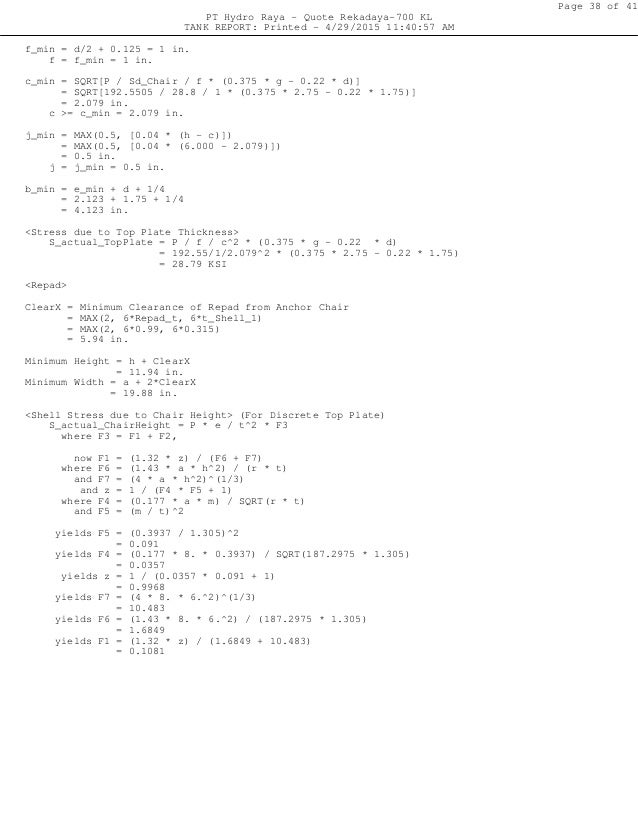

He was also fortunate in that an Indian Air Force forward air controller was able to secure and direct aircraft in support of the post's defence until reinforcements arrived six hours later. Choosing the former, Chandpuri ensured that all his assets were correctly deployed, and made the most use of his strong defensive position, as well as weaknesses created by errors in enemy tactics. The battle was fought between 120 Indian soldiers accompanied by 4 Hunter fighter aircraft and 2000–3000 Pakistani soldiers accompanied by 30–40 tanks.Ī (reinforced) Company of the Indian Army's 23rd Battalion, Punjab Regiment, commanded by Major Kuldip Singh Chandpuri, was left with the choice of either attempting to hold out until reinforced, or fleeing on foot from a Pakistani mechanised infantry force. The Battle of Longewala (4–7 December 1971) was one of the first major engagements in the western sector during the Indo-Pakistani War of 1971, fought between assaulting Pakistani forces and Indian defenders at the Indian border post of Longewala, in the Thar Desert of Rajasthan state in India. 1 anti-tank mine destroyed ģ6 tanks destroyed,500+ vehicles destroyed or abandoned Second lieutenant Dharamveer Singh Bhanġ Mobile infantry brigade consisting 2000–3000 soldiers Ģ soldiers killed 5 camels killed. The installed capacity and proportion of domestic non-fossil energy for power generation will surpass that of coal-fired power generation for the first time this year, according to the CEC.Longewala ~30 kilometres (19 mi) from Ramgarh, Rajasthan, India 27☃1′30″N 70☀9′24″E / 27.524942°N 70.156693☎ / 27.524942 70.156693ĢLt. Since September, the construction of domestic new energy projects has accelerated significantly, and construction of the first phase of the large-scale wind power and photovoltaic base with an installed capacity of about 100 million kilowatts has started.

Instead, the country will introduce production control policies for coal power and the petrochemical, coal and chemical industries, and enhance guidance on overcapacity. The guideline prohibited blindly developing energy-intensive and high-emission projects. The new guideline has made energy-saving a priority and emphasized further improving production efficiency, reducing carbon emissions and adding new energy use, according to Wang Zhixuan, vice president of the China Electricity Council (CEC). The non-fossil energy use target is part of China's larger plan for achieving peak carbon emissions by 2030 and reaching net-zero by 2060, and it is also an updated commitment under the Paris Agreement. That was almost 10 percentage points away from the goal of 25 percent by 2030. The chief engineer said new energy development will accelerate and the country will actively promote the development of the power system, where multiple new energy sources can be used for power supply.Īs China has been boosting green and low-carbon energy development, China's non-fossil energy use in 2020 was 15.9 percent, according to Zhang Jianhua, head of the National Energy Administration. "The goal of 25 percent showed that China will firmly promote the realization of the dual-carbon goal, which is definitely good for the development of new energy," said He Xi, chief engineer of new energy of State Power Investment Corporation.

China's new energy sector will usher in great opportunities, as the country targets 25 percent non-fossil energy use by 2030 and over 80 percent use by 2060, experts said after the release of the new guideline to implement carbon peak and neutrality on Sunday.


 0 kommentar(er)
0 kommentar(er)
